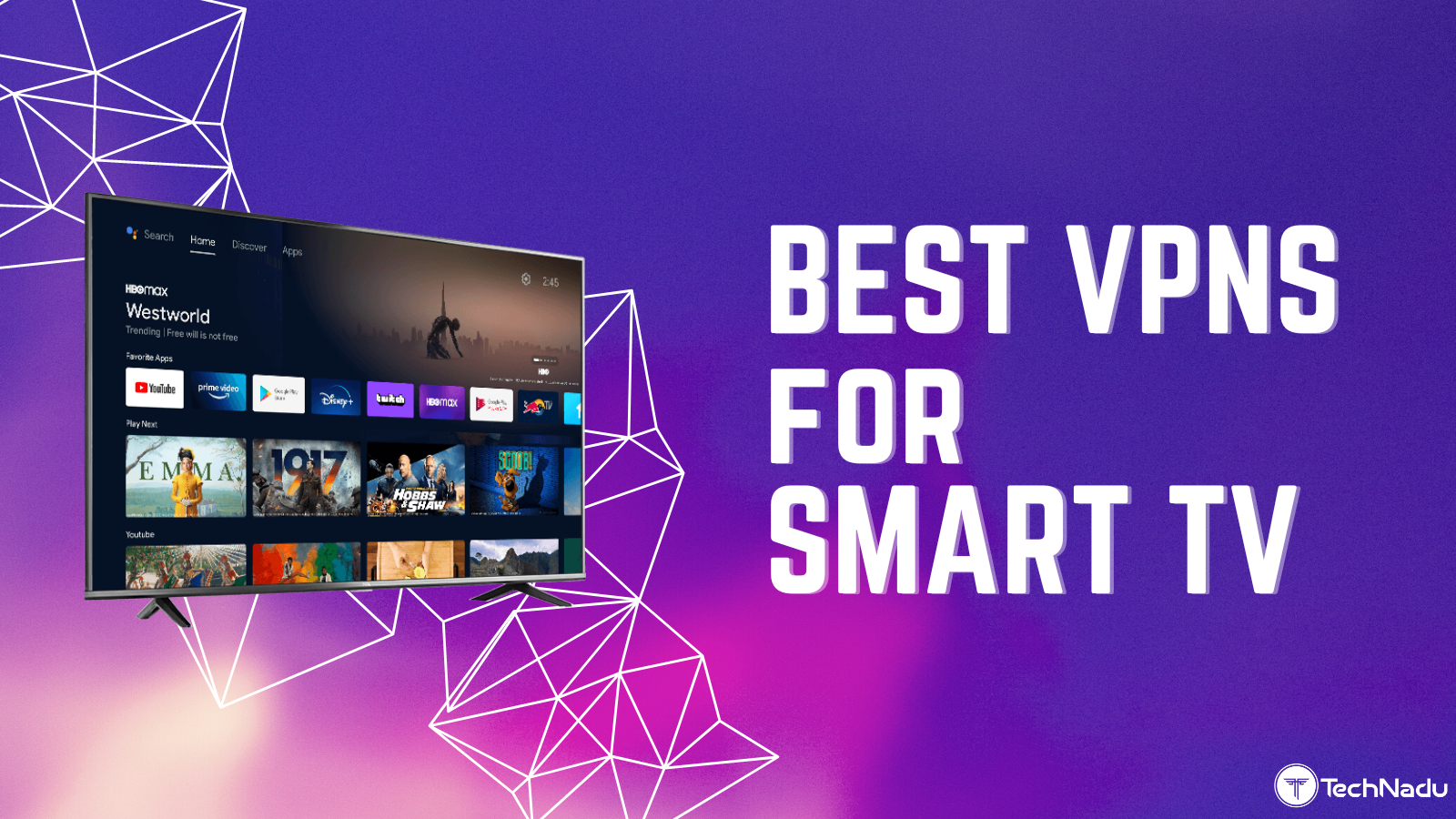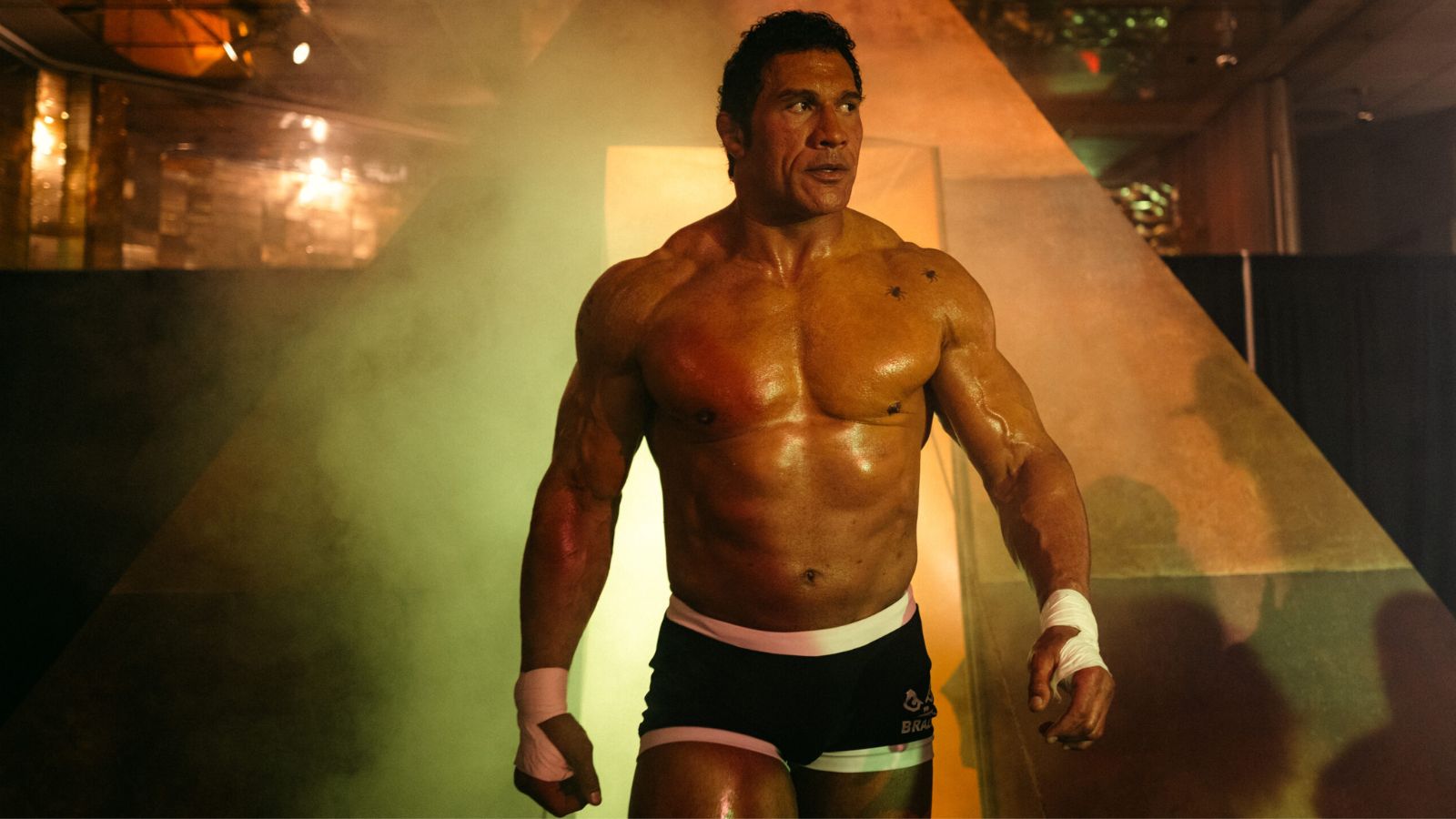
The Best Mirrorless Cameras to Buy in 2019 For Photography Hobbyists and Enthusiasts
Choosing the best camera for your needs can be daunting. When it comes to a choice of professional cameras, most users tend to get stuck in deciding between DSLRs and mirrorless cameras. Both have their own advantages and disadvantages but camera technology has evolved well, which has narrowed the line between these two camera types.
A mirrorless camera, as you probably know, is characterized by the absence of any mirror and the associated mechanism, which are quintessential parts of the SLR. However, the implications of this seemingly small change are tremendous. The removal of the mirror assembly reduces the size and weight of the camera body, making them much more durable as well. They still are interchangeable lens cameras, make no mistake - you have the freedom to choose the lens you place before the imaging sensor.
The modern mirrorless cameras are technical powerhouses and can deliver breathtaking performance with ease. You get high burst rates and fast focusing speeds as with SLRs. One of the most popular of the mirrorless cameras is the MFT (Micro Four Thirds) system cameras, which are known so for the dimensions of their imaging sensor.
There are a few important pointers to consider before narrowing down on the best mirrorless camera for your needs. The first is, of course, the sensor size. You will find cameras with varying sensor sizes in the mirrorless space. On one end of the spectrum are cameras that use the small 1-inch sensors while on the other end of the spectrum are medium format and full frame sensor cameras. Micro Four Thirds cameras lie somewhere in between and have a crop factor of nearly 2, which means a 50 mm lens on your MFT camera would have an equivalent focal length of 100 mm. There is also a difference in terms of the sensor aspect ratio, which is 3:2 in APS-C and full frame sensors but is 4:3 in the MFT system. Medium format systems use the 4:3 aspect ratio in their sensors and measure 44 mm x 33 mm. Full frame cameras use a 3:2 ratio and measure 36 mm x 24 mm. The only camera makers that currently offer these sizes are Sony and Leica.
Build quality is another important parameter to consider. Mirrorless cameras are significantly lighter than most DSLRs but that also makes them vulnerable if poor quality construction is used. You should also be able to access most camera functions without having to hunt for them in the middle of a shot.
Video capture is another area where mirrorless cameras are preferred over DSLRs. With the development of in-body image stabilization (IBIS), it is easy to capture 4K videos at 60 fps without any visible shake in the footage.
With these factors in mind, we've narrowed on some of the best mirrorless cameras in the market today. So, here are the 8 best mirrorless cameras to buy in 2019.
1. Olympus OM-D E-M10 Mark III
- Features: Live MOS sensor; In-body 5-axis image stabilization; Touchscreen articulating LCD; Wi-Fi Sync; 8.6 fps continuous shooting
- Max Resolution: 16 MP
- Video Capture: 4K 30 fps
- Dimensions (W x H x D): 4.8 x 3.3 x 2.9 in
The Olympus E-M10 Mark III offers a very good feature set for the price and is easily one of the best mirrorless cameras under $600. You get the best features of the E-M10 Mark II such as the in-body 5-axis image stabilization, 2.36 million dots OLED EVF, and more. The E-M10 Mark III is compatible with a variety of lenses from Olympus and Panasonic. This camera focuses on the beginner or amateur photographer who is just coming up to speed with the workings of a professional camera. Most scene types have automated presets and the touchscreen enables AF just like how you do it on a smartphone.
The Olympus E-M10 Mark III offers only a 16 MP sensor, which might seem small given that we have sensors up to 43 MP in this list. But for regular use, the difference is hardly noticeable and does not affect the photo quality in any way. There is no external mic input and ISO above 3200 results in a lot of noise. That said, if you are just beginning to test waters with a professional camera, the E-M10 Mark III is just about the right device.
- Pros: Beginner-friendly; IBIS; Compatible with Olympus and Panasonic lenses
- Cons: 16 MP is somewhat low; No support for external mic input; ISO above 3200 is noisy
2. Sony A7R III Bundle
The Sony A7R III offers a high-resolution 42.4 MP sensor that can shoot continuous frames up to 10 fps with full AF tracking. Considered to be one of the best mirrorless cameras (full-frame), the A7R III offers 4K video recording and almost limitless customization potential. The camera also features hybrid log gamma recording, which permits log data capture along with relevant tags that enable displays and monitors to correctly display the footage without resorting to the pains of color grading.
The camera ergonomics have been redesigned as well, which makes it easy to handle. The menus are conveniently laid out so you will be able to reach out to the settings you are looking forward to quickly. The monitor features a touchscreen and allows the camera to be customized. If you have a budget of around $2,800, the Sony A7R III is an easy recommend.
- Pros: Large full-frame sensor; Easy built-in color grading
- Cons: None as such
3. Fujifilm X-H1
The Fujifilm X-H1 features in-body stabilization and great build thanks to a magnesium alloy chassis. The control dial on the top makes it easy to operate and you will be able to use the hot shoe for attaching flashes and other electronic accessories. The X-H1 performs great under low light and has enhanced video capabilities. You also get the option of shooting in 16 film simulation modes when shooting in the JPG format. The in-body stabilization will be useful when working with lenses that do not have stabilization as well as those that do have it, providing better results.
Performance-wise, the Fujifilm X-H1 does not disappoint and is easily one of the best mirrorless cameras under $2,000. The availability of a SwissGear bag, Corel software suite, and other accessories make this an even sweeter deal.
- Pros: In-body stabilization; Great lowlight performance
- Cons: None as such
4. Sony Alpha 6000 Bundle
- Features: APS-C CMOS sensor; 16 - 50mm zoom lens; BIONZ X image processor; ISO 100 - 25600; 179-point AF
- Max Resolution: 24.3 MP
- Video Capture: 1080p 60 fps
- Dimensions (W x H x D): 4.2 x 2.63 x 1.77 in
The Sony Alpha 6000 is now succeeded by the A6300 and then the A6500, which is a good thing as it means you will be able to get the Alpha 6000 at a very low price, which makes this a killer deal. The camera uses a brilliant 24.3 MP APS-C sized CMOS sensor made with a unique gapless design in order to improve the light gathering capabilities of the chip. The sensor offers a 100% frame coverage. The Bionz processor has been greatly improved and delivers images with superior tonal gradations, less noise, and richer color reproduction.
The A6000 is also equipped with WiFi and NFC, which allows you to transfer photos and add more functionality. What's more, the Alpha 6000 also allows you to add camera apps, which can add greater functionality to the camera.
If you are looking at a good mirrorless camera under $500, the Sony Alpha 6000 is a great option to consider and the bundled accessories further add to the value.
- Pros: Excellent performance for photos and stills; Built-in Wi-Fi and NFC
- Cons: Bundled accessories are not of a high quality
5. Leica M10 Digital Rangefinder
- Features: Full-frame CMOS sensor; Leica Maestro II image processor; Optical 0.73x viewfinder; ISO 100-50000; 5 fps continuous shooting.
- Max Resolution: 24 MP
- Video Capture: Not available
- Dimensions (W x H x D): 8.7 x 8.4 x 1.32 in
Leica needs no introduction to seasoned photographers. This is a highly capable camera, featuring a manual focus and a brilliant rangefinder focusing system. There's no video support though, and the optical viewfinder used is tunnel-type. The camera is very minimalistic in design, focusing on only the essentials in photography. The camera incorporates an ISO setting dial and you can also set the controls even with the camera turned off. The ISO range has also been extended and now varies from 100 to 50000.
Among other interesting features, the M10 has an improved 2 GB onboard buffer, which allows photographers to capture fleeting moments with higher capture rates. The camera can currently easily go up to a burst shooting rate of 5 fps. The viewfinder too has been completely redesigned to help photographers see subjects clearly. There has been a 30% increase in the field of view and the magnification factor is now 0.73x.
Owners of previous M-series cameras and fans of the film will appreciate the Leica M10. However, the M10 offers lesser battery life than the Leica M262 and replacement batteries can get very expensive. The new EVF is also on the slower side making shooting of fast-paced action shots a tad bit cumbersome.
- Pros: Trusted Leica legacy; Almost as good as film
- Cons: Expensive; Low battery life; Slow EVF
6. Panasonic Lumix DC-GH5 Bundle
The Panasonic GH-5 has been admired by videographers and photographers alike. The 4K capabilities of this device have drawn several cinematographers. What's more, it's not just 4K that pleases video and film enthusiasts but the ability to add a professional XLR audio input with an adaptor combined with a very sturdy and stable design made of magnesium alloy.
The camera body is very rugged and is ready for professional use in challenging environments. Aside from shooting 4K videos in up to 60 fps, the camera can also record 6K at a frame rate of 30 fps or even FHD at 180 fps for slow-motion videos. The GH-5 allows for unlimited video recording without any restrictions.
Photographers will appreciate the fact that the max shutter speed of the camera goes up to a whopping 1/8000 sec, which is a feature found in only the top of the line equipment. The sensor does not use a filter, which results in sharper images.
The Panasonic Lumix DH-5 is a great mirrorless camera but the battery life lasts for only 410 shots. While the overall build quality is excellent, the camera can feel a bit bulky.
- Pros: Great for video recording; Very good OLED EVF
- Cons: Bulky; Low battery life
7. Fujifilm X-T3
- Features: APS-C sensor; 3,690K dots 100% coverage EVF; 11 fps continuous shoot speed
- Max Resolution: 26.1 MP
- Video Capture: 4K 60 fps
- Dimensions (W x H x D): 8 x 6.4 x 5.6 in
The Fujifilm X-T3 offers a great mirrorless camera for stills and video recording. It features a 26.1 MP X-Trans CMOS 4 sensor and together with the X-Processor 4 image processing unit, it delivers 4:2:0 10-bit 4K video recording at 60 fps. The X-T3 offers superior auto-focusing sensitivity up to -3EV along with a fast burst mode and an excellent array of controls. The OLED color viewfinder offers a vivid viewing experience and the sports finder mode is especially helpful for fast moving objects. Combined with the ability to mount MKX cinema lenses, an articulating touchscreen, and improved manual controls, the Fujifilm X-T3 is one of the best mirrorless cameras in the market.
The only negatives with the X-T3 are the lack of in-body stabilization and smaller buffer depth. But if you are a hobbyist or even a seasoned photographer, you cannot go wrong with the X-T3.
- Pros: Good AF sensitivity; 4K 60 fps recording
- Cons: No in-body stabilization; Small buffer depth
8. Nikon Z7
- Features: Full-frame CMOS sensor; 3,690k dots 100% coverage EVF; 9 fps continuous shoot speed
- Max Resolution: 45.7 MP
- Video Capture: 4K 30 fps
- Dimensions (W x H x D): 5.3 x 4 x 2.7 in
The Nikon Z7 is pricey but offers a feature set worthy of it. It has a massive 45.7 MP full frame CMOS sensor that is backside illuminated for excellent low light performance. It also features 493-point hybrid autofocus, 4K 30 fps video recording and built-in image stabilization that works in five directions no matter what Nikkor Z lens you use.
The Nikon Z7 is in many ways a smaller Nikon D850 but comes with the ability to mount the new Nikkor Z lenses. Do note that the 14-bit NEF RAW image format is supported by only Nikon's ViewNX-I program and other programs are yet to gain support for this format. Also, the Z7 is compatible only with XQD memory cards, which are currently very expensive.
- Pros: Excellent low-light performance; Good EVF
- Cons: Pricey; Costly lenses and XQD cards
Final Thoughts
With this, we conclude our list of the best mirrorless cameras. We hope you found our listing useful and that it helps you make a decision. Do note that when purchasing any interchangeable lens camera or professional equipment for that matter, it must be remembered that it is not just a camera body that you are purchasing but an entire imaging system, which will include, at least eventually lenses (which can be exorbitantly priced), flash, filters, and other electronic and non-electronic accessories and adaptors. Also, most lenses are not interchangeable across manufacturers. Of course, you might do so using adapters especially built for the purpose but not without losing significant functionality in the process.
Please feel free to leave us your comments and share this article in your social circles. And also, don't forget to follow us on Facebook and Twitter. Thanks!











